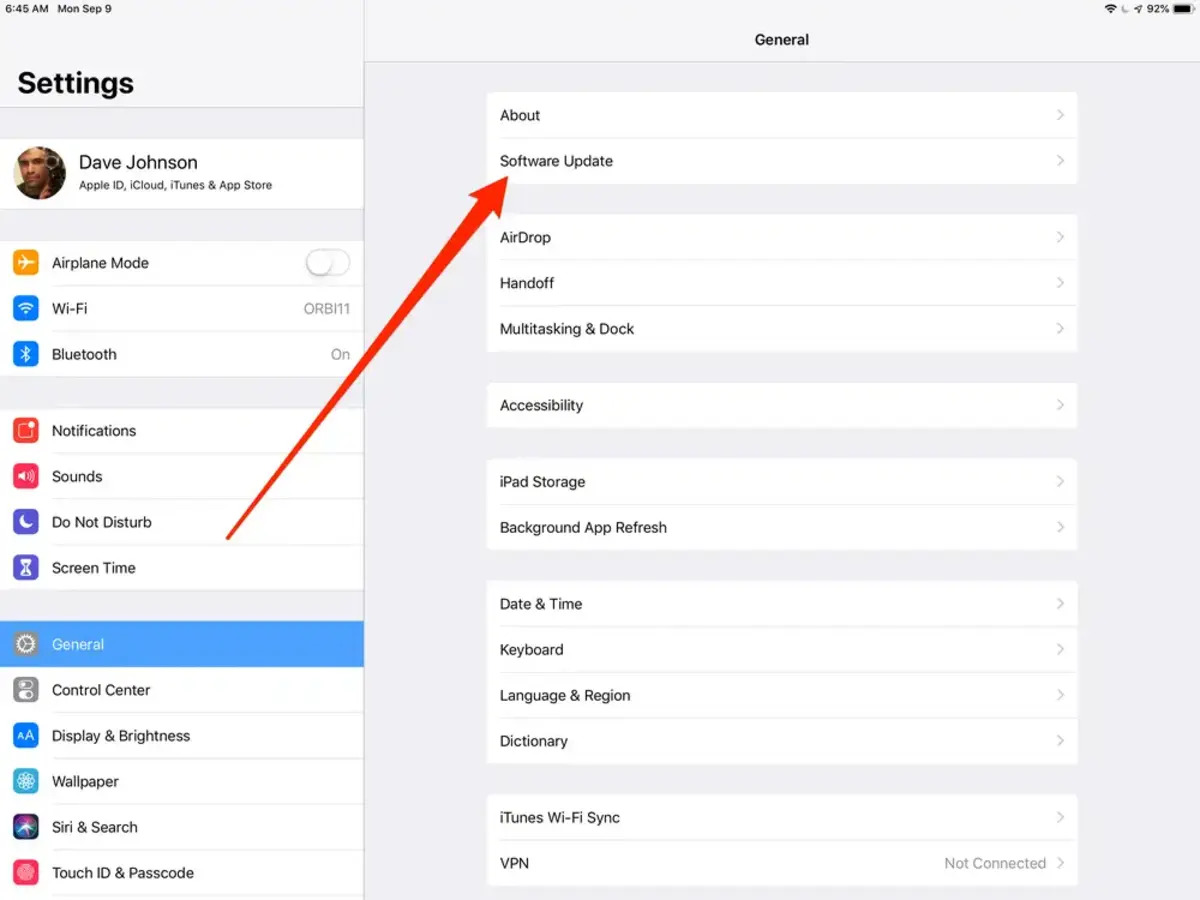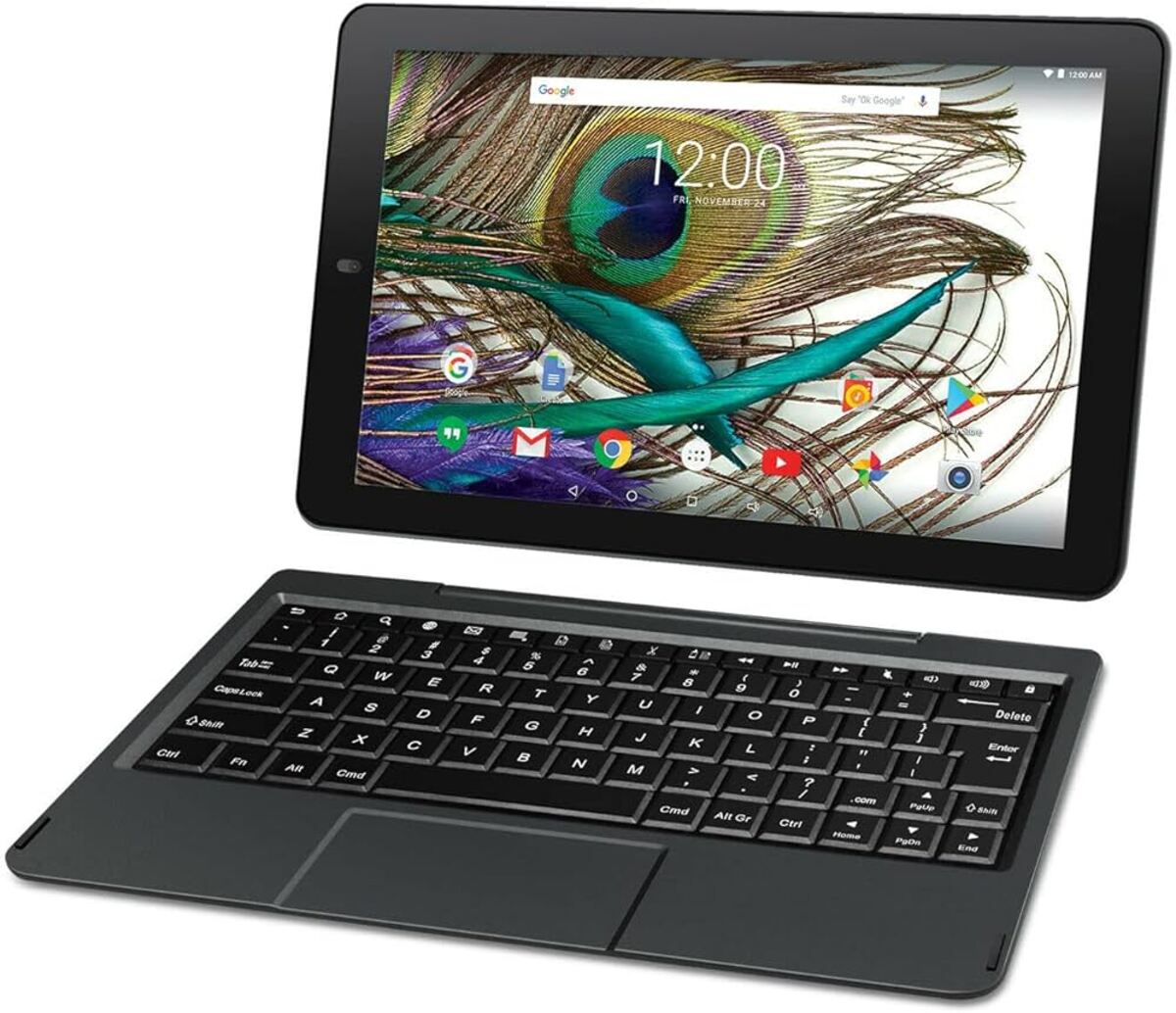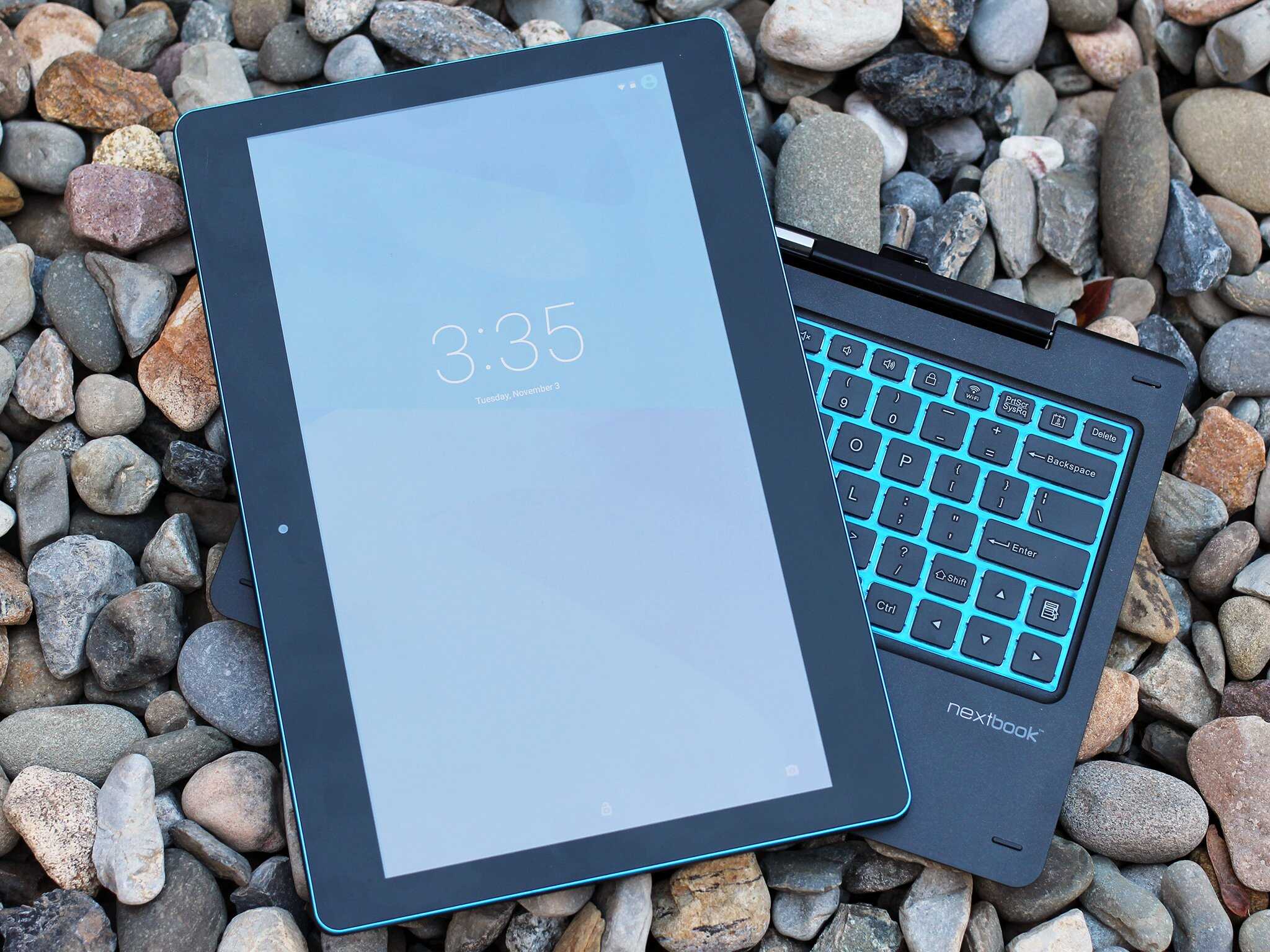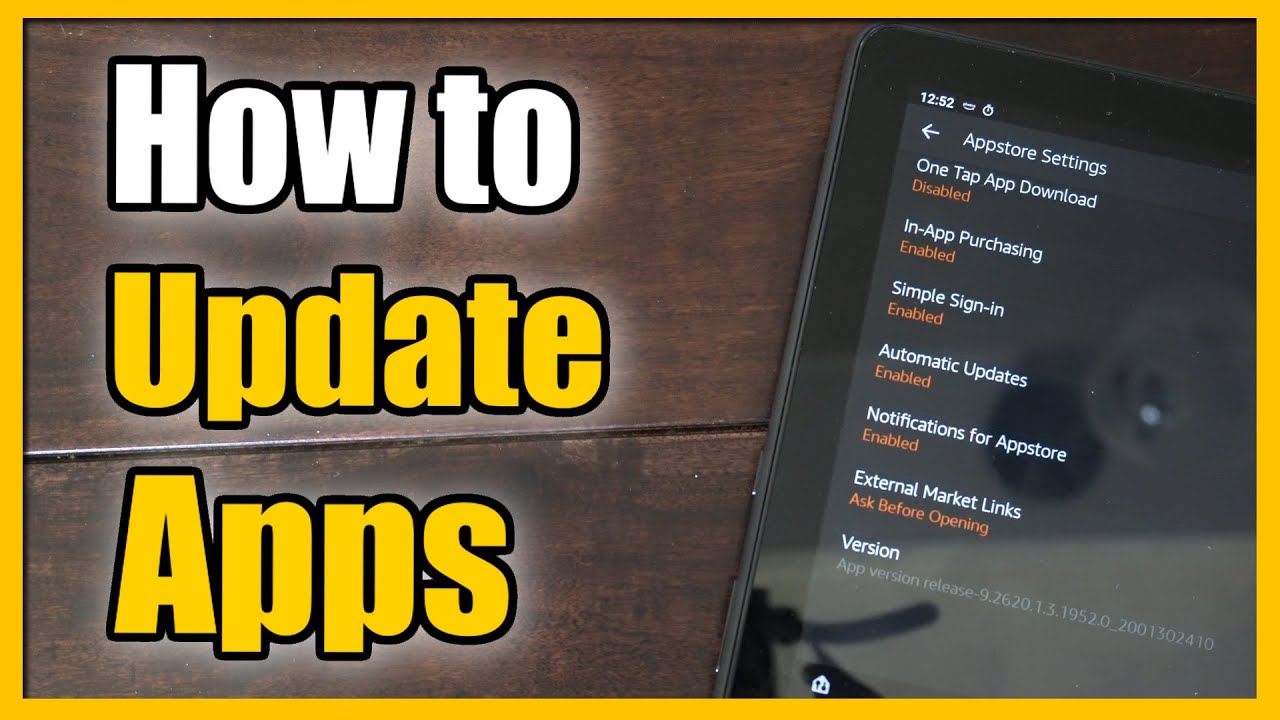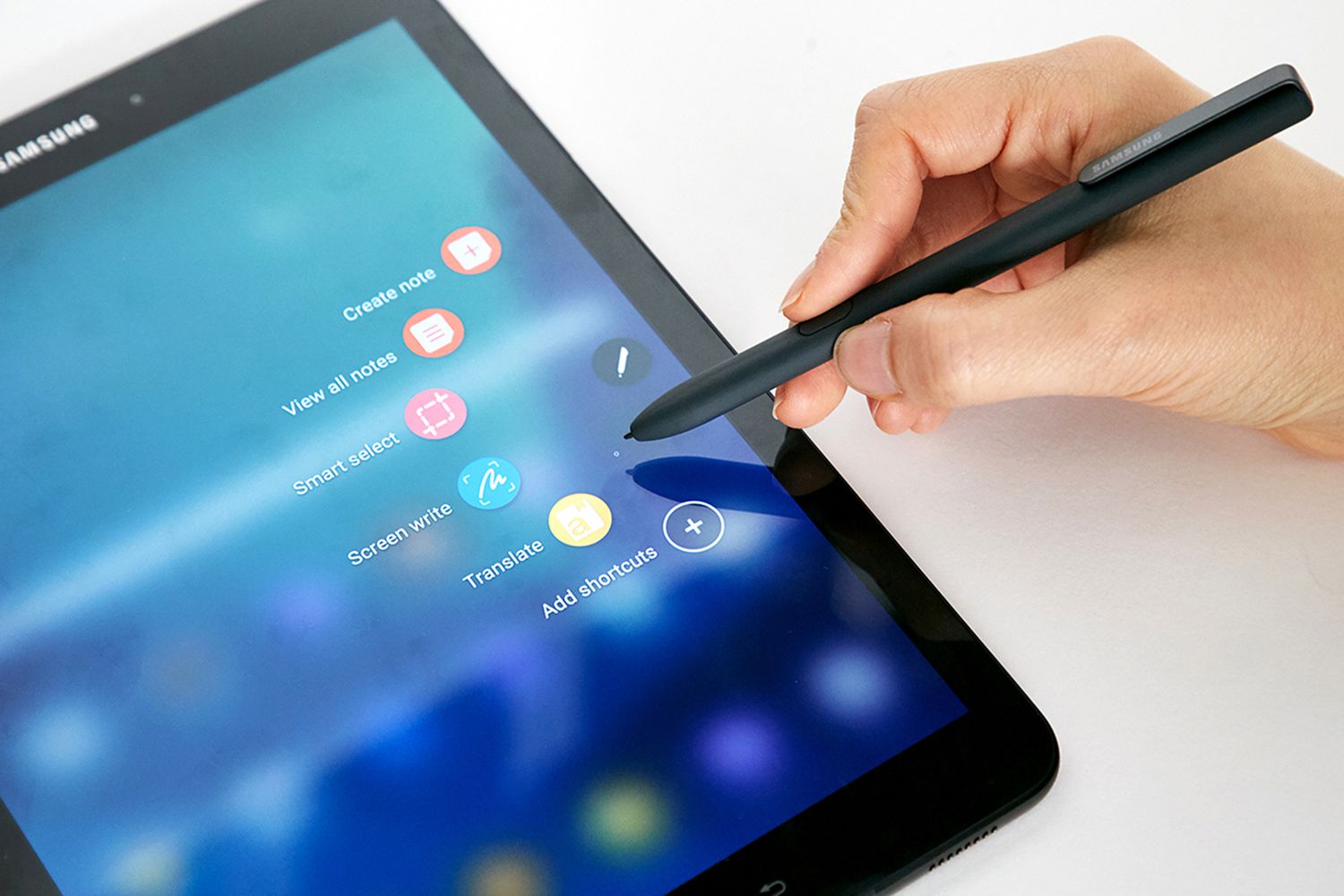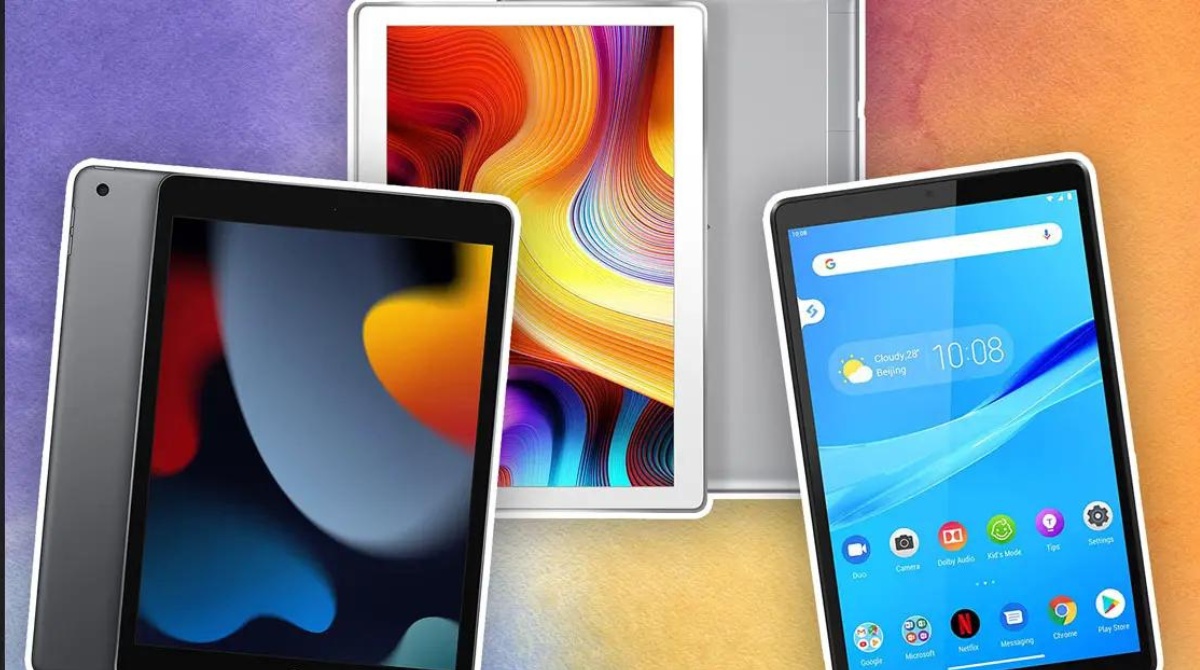Introduction
Keeping your tablet up to date is essential for ensuring optimal performance and security. Software updates roll out regularly, providing bug fixes, new features, and enhancements that can enhance your tablet’s functionality and user experience. Additionally, updates often come with improved security measures, safeguarding your device from potential vulnerabilities.
In this article, we will guide you through the process of updating your tablet, whether it’s an Android, iOS, or Windows device. We will cover the necessary steps, from checking for available updates to troubleshooting common issues that you may encounter along the way.
If you haven’t updated your tablet in a while, it’s worth noting that these updates can significantly improve the performance and stability of your device. Whether you want to take advantage of new features or ensure compatibility with the latest apps, keeping your tablet up to date is vital.
Please note that the update process may vary slightly depending on the make and model of your tablet. However, the general steps provided here should serve as a helpful guide for most tablets on the market.
So, let’s dive in and learn how to update your tablet to ensure you’re making the most of your device’s capabilities.
Step 1: Check for Available Updates
The first step in updating your tablet is to check if there are any available updates for your device’s operating system. Manufacturers regularly release updates to improve performance, fix bugs, and introduce new features, so it’s essential to stay up to date.
To check for updates, follow these steps:
- Open the Settings app on your tablet. On most devices, you can find the Settings app in the app drawer or by swiping down from the top of the screen and tapping the gear icon.
- Scroll down and look for an option that says “System” or “About Tablet.” The exact name may vary depending on your device.
- Tap on “System Updates” or a similar option. This will take you to the update menu, where you can check for available updates.
- Your tablet will now scan for any available updates. If there’s an update available, you will be prompted to download and install it.
It’s important to note that the update process may take some time, depending on the size of the update and your internet connection speed. Make sure your tablet is connected to a stable Wi-Fi network to ensure a smooth and uninterrupted download.
If no updates are available at the moment, don’t worry. Manufacturers typically release updates periodically, so it’s a good idea to check for updates regularly to ensure you don’t miss out on any important improvements or security patches.
Regularly updating your tablet’s operating system not only keeps your device running smoothly but also ensures that you have access to the latest features and capabilities. Now that you’ve checked for available updates let’s move on to the next step: connecting to a stable Wi-Fi network.
Step 2: Connect to a Stable Wi-Fi Network
Before proceeding with the update process, it’s critical to ensure that your tablet is connected to a stable Wi-Fi network. Updating your device requires downloading and installing software, which can consume a significant amount of data. Therefore, using Wi-Fi is the most efficient and cost-effective way to complete the update.
Follow these steps to connect to a Wi-Fi network:
- Open the Settings app on your tablet.
- Look for the “Wi-Fi” option and tap on it. This will display a list of available Wi-Fi networks in your vicinity.
- Select your desired Wi-Fi network from the list by tapping on its name.
- If the network is secured, you may be prompted to enter the network’s password. Enter the password to connect to the Wi-Fi network.
- Once connected, you will see a Wi-Fi icon in the status bar of your tablet, indicating a successful connection.
It’s important to ensure that your Wi-Fi connection is stable during the update process. A weak or unstable connection can interrupt the download or installation, leading to errors or incomplete updates. If you’re experiencing connectivity issues, try moving closer to the Wi-Fi router or resetting your router to improve signal strength.
Remember, using mobile data for updates is not advised unless you have an unlimited data plan or a substantial data allowance. Data usage during updates can be significant, and it may result in additional charges if you exceed your plan’s limitations.
Now that you’re connected to a stable Wi-Fi network, you’re ready to proceed with the update. In the next step, we’ll discuss the importance of ensuring sufficient battery life before starting the update process.
Step 3: Ensure Sufficient Battery Life
Before initiating the update process on your tablet, it’s crucial to ensure that your device has sufficient battery life. Updating your tablet’s operating system can be a power-intensive task and can drain your battery faster than normal usage.
Follow these steps to ensure your tablet has enough battery life:
- Check your current battery level by looking at the battery icon in the status bar of your tablet. If it’s critically low, connect your tablet to a power source using the provided charger.
- Allow your tablet to charge until it reaches at least 50% battery capacity. This ensures that your tablet has enough power to complete the update process without any interruptions.
- While your tablet is charging, avoid using power-hungry apps or activities that may further drain the battery. This includes gaming, video streaming, or running resource-intensive applications.
It’s important to note that some manufacturers recommend performing updates while your tablet is connected to a power source. This ensures that even if your battery level is low, your tablet won’t shut down during the update process due to lack of power.
In case you’re unable to connect your tablet to a power source during the update, make sure it has at least 80% battery life before starting the process. This helps minimize the risk of running out of battery mid-update and potentially causing errors or incomplete installations.
Ensuring sufficient battery life is an essential step in the update process. By doing so, you can prevent any potential issues and ensure that the update completes successfully.
Now that you’ve confirmed your tablet has enough battery life, you’re ready to move on to the next step: backing up your data. Stay tuned!
Step 4: Back Up Your Data
Before proceeding with the update process on your tablet, it’s essential to back up your data. While rare, there’s always a possibility of data loss or unforeseen issues during the update, so it’s better to be safe than sorry.
Follow these steps to back up your data:
- Go to the Settings app on your tablet.
- Look for the “Backup & Reset” or “Cloud and Accounts” option and tap on it.
- Depending on your device, you may have different backup options available. Choose the one that suits your needs, such as Google Backup or iCloud backup. These services allow you to back up your app data, settings, and other important information.
- Ensure that the backup for your device is enabled or toggle it on if necessary.
- You may also have the option to perform a manual backup. If available, tap on “Back Up Now” to initiate an immediate backup of your data.
It’s important to note that backing up your data ensures that you have a copy of your personal information, photos, videos, and any other important files stored on your tablet. In the event of any unforeseen issues during the update, you can restore your data from the backup and avoid data loss.
You can also consider syncing your important files to cloud storage services like Google Drive, Dropbox, or iCloud. This way, even if you forget to back up your data before the update, you still have access to your crucial files from any device with an internet connection.
Backing up your data is a crucial step to take before proceeding with any update. It offers peace of mind and ensures that your valuable information is protected. Now that your data is safely backed up, let’s move on to the next step: updating your tablet using the device settings.
Step 5: Update Using the Device Settings
Updating your tablet using the device settings is a straightforward and convenient method. Most tablets come with a built-in update feature that allows you to check for and install the latest updates directly from the settings menu.
Follow these steps to update your tablet using the device settings:
- Open the Settings app on your tablet.
- Scroll down and look for the “System” or “About Tablet” option. The exact name may vary depending on your device.
- Tap on “System Updates” or a similar option. This will take you to the update menu.
- Tap on “Check for Updates.” Your tablet will now scan for any available updates.
- If an update is found, follow the prompts to download and install the update. Make sure your tablet is connected to a stable Wi-Fi network and has sufficient battery life during the update process.
The update process may take some time, depending on the size of the update and your tablet’s specifications. It’s important to be patient and avoid interrupting the update process to prevent any potential issues or incomplete installations.
Once the update is complete, your tablet will restart, and you’ll be able to enjoy the latest features and improvements that the update brings. It’s a good practice to periodically check for updates to keep your tablet up to date with the latest software enhancements.
Updating your tablet using the device settings is a convenient method as it doesn’t require any additional software or tools. However, if you encounter any issues or if there are no updates available using this method, you can explore alternative update options, such as updating using a computer. We’ll discuss this in the next step, so stay tuned!
Step 6: Update Using a Computer
If you’re unable to update your tablet using the device settings or prefer a different method, you can update your tablet using a computer. This method is useful when a firmware update is available or when you’re experiencing difficulties with the device settings update.
Follow these steps to update your tablet using a computer:
- Connect your tablet to your computer using a USB cable that came with your device.
- On your computer, open a web browser and visit the official website of your tablet’s manufacturer.
- Look for the “Support” or “Downloads” section and navigate to the page for your specific tablet model.
- Download the latest firmware or software update file for your tablet. Make sure to choose the correct version compatible with your tablet’s model and operating system.
- Follow the manufacturer’s instructions to install the firmware update onto your computer.
- Once the firmware update is installed on your computer, connect your tablet to the computer again via the USB cable.
- Launch the firmware update tool on your computer and follow the on-screen instructions to initiate the update process.
- Ensure that your tablet remains connected to the computer and keep it powered on throughout the update process.
- Once the update is complete, disconnect your tablet from the computer and restart it to apply the changes.
Updating your tablet using a computer provides an alternative option to ensure your device is running on the latest software. It can be particularly useful when troubleshooting issues or if a specific firmware update is required for improved performance.
Keep in mind that the update process may vary depending on the manufacturer and the specific tablet model you have. It’s essential to carefully follow the provided instructions during the update to avoid any potential complications or data loss.
Now that you’re familiar with updating your tablet using a computer, let’s move on to the next step: troubleshooting common update issues.
Step 7: Troubleshooting Common Update Issues
While updating your tablet is usually a smooth process, there are times when you may encounter some issues. It’s important to be prepared and informed of common update problems and their potential solutions.
Here are some common update issues and troubleshooting steps:
- Slow or Stalled Updates: If the update process is taking longer than expected or appears to be stuck, ensure that you have a stable Wi-Fi connection. If the issue persists, try restarting your tablet and initiating the update again.
- Insufficient Storage Space: Some updates may require a significant amount of storage space. If you receive an error message stating that there is not enough space to install the update, try freeing up space on your tablet by deleting unused apps, files, or photos. Alternatively, you can move your files to an external storage device.
- Failed Installations: If an update fails to install, restart your tablet and try again. If the issue persists, you may need to update your tablet using a computer or contact the manufacturer’s support for further assistance.
- Wi-Fi Connectivity Issues: If your tablet is unable to connect to Wi-Fi during an update, try restarting your router and ensuring that you are within range of a stable Wi-Fi network. Additionally, disabling any VPN or proxy settings temporarily may resolve the issue.
If you encounter any other specific issues during the update process, it’s recommended to refer to the manufacturer’s support documentation or reach out to their customer support for specialized assistance.
Remember, patience is key when dealing with update issues. Avoid interrupting the update process unless absolutely necessary, as this can lead to further complications or even device malfunction.
Now that you’re equipped with troubleshooting tips for common update issues, you’re ready to navigate through any update challenges that may arise.
Conclusion
Updating your tablet is a crucial task to ensure optimal performance, security, and access to the latest features and improvements. By following the steps outlined in this guide, you can confidently update your tablet and stay up to date with the latest software.
- Start by checking for available updates using the device settings, ensuring a stable Wi-Fi connection, and sufficient battery life.
- Remember to back up your data to avoid any potential loss during the update process.
- For a seamless update process, you can use the device settings on your tablet. However, if needed, you can also update using a computer following the manufacturer’s instructions.
- In case you encounter any issues, utilize troubleshooting techniques such as restarting your tablet and troubleshooting common issues.
Regularly updating your tablet’s operating system guarantees a smooth and secure user experience. It enables you to experience new features, benefit from bug fixes, and enhance overall device performance.
It’s important to note that while updating your tablet is essential, it’s equally crucial to follow best practices throughout the process. Make sure to maintain a stable Wi-Fi connection, have sufficient battery life, and keep your data backed up.
By staying proactive and keeping your tablet up to date, you can enjoy the full potential of your device and stay ahead with the latest software advancements.
Now that you have the knowledge and the steps necessary to update your tablet, go ahead and ensure that your device is up to date. Enjoy the enhanced features, improved performance, and enhanced security that come with keeping your tablet’s operating system up to date!







